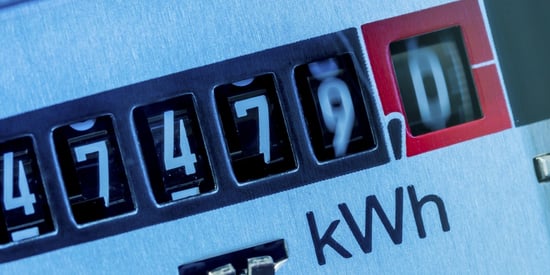Cooling plants provide a cost-effective cooling solution for medium and large buildings. A centralized air conditioning system requires less capital than a separate unit for each area of the building, and modern refrigerators with variable speed compressors surpass the efficiency of most air conditioning alternatives. However, even lower operating costs are possible when a cooling plant is equipped with ice storage.
How Your Electricity Rate Affects Cooling Expenses
If you compare older packaged window or terminal AC units with modern chillers, the energy savings per ton will likely exceed 60%. However, even efficient chillers have a significant operating cost due to their high cooling efficiency. There are two main reasons why running a chiller is expensive:
- Commercial buildings, which typically use refrigerators, are not billed solely for the kilowatt-hours consumed. They also pay a power demand fee, which is based on the highest kilowatt demand value measured in a billing period. The annual peak in demand usually happens on a hot summer day, where the chiller has to run at full capacity.
- Electricity consumers subject to hourly rates pay the highest kWh prices during peak hours when the grid is overloaded. Frequent use of the chiller at times with peak kWh prices guarantees a high energy bill.
Please note that these conditions are not mutually exclusive: some electricity consumers have tariffs that include consumption charges and hourly rates. However, the electricity tariff structure can also work to your advantage if you reduce chiller usage during grid demand peaks and building consumption peaks.
Discover the potential savings from ice storage in your building.
To reduce chiller output without compromising space cooling, you can equip your cooling plant with an ice storage tank. The chiller can be turned off to reduce peak demand or to minimize consumption during peak times, and the necessary cooling of the space is achieved by melting the ice.
How does an ice storage cooling plant work?
At most tariffs, electricity is much cheaper during times of low demand. There are two reasons for this: utility companies are shutting down their most expensive power plants right now, and grid losses are low because power lines are lightly loaded.
Refrigeration plants can use their refrigeration capacity to freeze and store ice when electricity is cheap (off-peak hours) and satisfy cooling demand by melting ice when electricity is expensive (peak hours). Even buildings subject to a fixed price per kWh can benefit from ice storage, reducing their own demand peaks and minimizing the corresponding demand load.

Another advantage of ice storage is that you can size your cooler with a smaller capacity. Suppose you have a building with a peak cooling load of 200 tons, operating 10 hours a day:
- Without ice storage, you need a 200 ton cooling plant.
- On the other hand, if you have an ice storage system capable of providing 75 tons of cooling, you only need a 125-ton cooling plant.
Note that a smaller chiller also brings a reduced electrical load. This way, you can use smaller conductors, electrical protections and transformers.
Additional Benefits of an Ice Storage Cooling Plant
In addition to reducing your energy bills, storing ice makes your refrigeration system more resilient. Consider the following benefits:
- Cooling Output During Blackouts: If electrical service is interrupted, you can continue providing space cooling for as long as the stored ice lasts. You still need a backup generator for HVAC pumps and fans, but the generator load is much less when you subtract the chiller!
- No interruption during maintenance: You can use ice to cool the room whenever your chiller is undergoing routine maintenance, providing comfort to building occupants.
- Use more energy from renewable sources: It is not possible to operate refrigeration systems with wind turbines and solar panels, as their energy production is variable. However, if you have an ice storage system, excess generation from wind turbines or solar panels can be used to make ice.
With ice storage, you will also be able to benefit from incentive programs . Some utility companies, including Con Edison in New York, have programs where they reward you for reducing demand at times when the power grid is overloaded. This can be easily achieved by decreasing chiller output and relying entirely on ice for space cooling.
Conclusion
An ice storage chiller offers more operational flexibility while reducing space cooling expenses. Just keep in mind that each project is unique and the potential savings from ice storage depend heavily on your electricity rate. You can get a professional energy audit and energy modeling for your building to identify the most promising upgrades.

